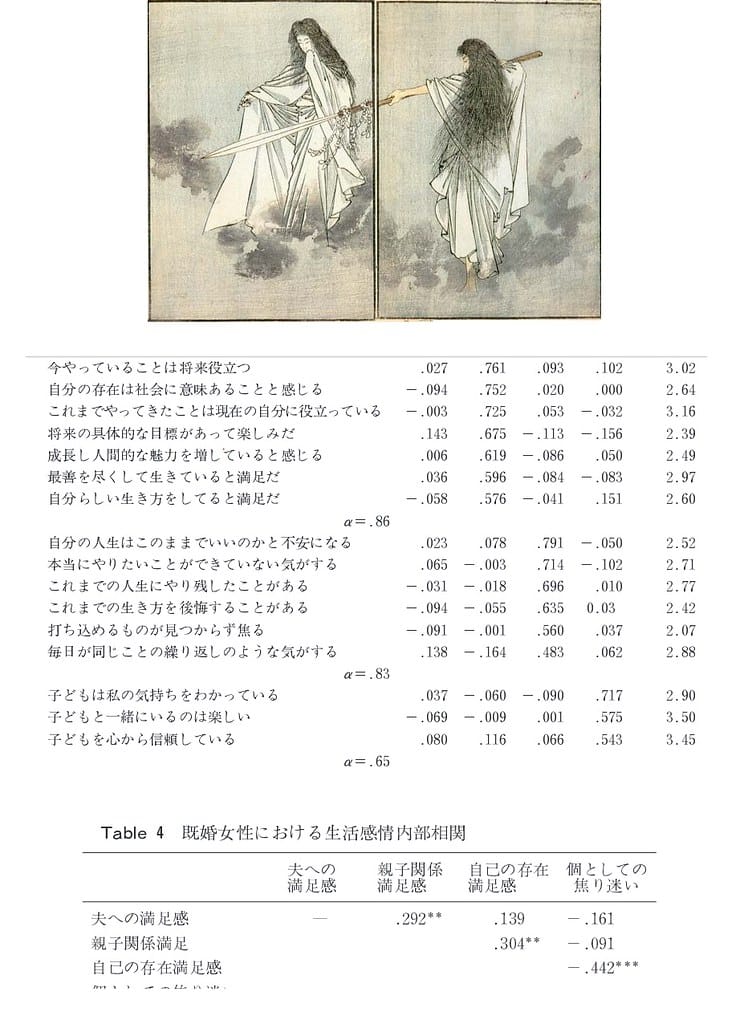1. Introduction
Japan is a nation with a rich history, culture and economy. For many years, the country has been known for its self-sufficiency, relying on its own resources to sustain itself. However, in recent years this has changed and Japan is no longer as self-sufficient as it once was. This article will explore why Japan is no longer self-sufficient and what factors have led to this change.
2. Historical Context of Japan’s Self-Sufficiency
Japan has a long history of self-sufficiency, dating back centuries. During the Edo period (1603–1868), the country adopted a policy of isolationism which limited contact with other nations and promoted domestic production of goods and services. This policy helped to make Japan largely self-sufficient in terms of food production, manufacturing and trade.

3. Limited Resources in Japan
One of the main reasons why Japan is not as self-sufficient as it once was is due to its limited natural resources. The country does not have large reserves of oil or other minerals and its agricultural land is limited due to its mountainous terrain and population density. This means that it must rely on imports from other countries for many of its essential needs such as fuel, food and raw materials for manufacturing.
4. The Japanese Economic Model
The Japanese economic model has also contributed to the country’s lack of self-sufficiency. Since World War II, the Japanese economy has been based on export-led growth, with exports accounting for around 25% of GDP in 2018 (OECD). This means that the country must rely heavily on foreign markets to remain competitive and profitable, making it dependent on imports from other countries for certain products and services that are not available domestically or are more cost effective when purchased abroad.
5. Japan’s Trade Dependence on Other Nations
The reliance on exports has made Japan increasingly dependent on trade with other nations for many essential products such as fuel, foodstuffs and raw materials for manufacturing goods such as cars or electronics. In 2018, imports accounted for around 40% of GDP (OECD) meaning that without these imports Japan would be unable to maintain its current level of economic growth or meet consumer demand for certain products or services that are not available domestically or are more cost effective when purchased abroad.
6 Impact of the 2011 Earthquake and Tsunami on Japan’s Self-Sufficiency
The 2011 earthquake and tsunami had a devastating impact on the Japanese economy which further weakened the nation’s ability to be self-sufficient in terms of food production or manufacturing goods domestically due to disruption caused by damaged infrastructure, loss of life and displacement of people in affected areas resulting from the disaster (OECD). In addition, there were significant disruptions in global supply chains which further hampered efforts by Japanese companies to produce goods domestically due to difficulty obtaining necessary parts or components from overseas suppliers (OECD).
7 Impact of a Globalized Economy on Japan’s Self-Sufficiency
The rise of globalization has also had an impact on Japan’s ability to be self sufficient as it increases competition from foreign companies who can produce goods at lower costs than domestic producers due to access to cheaper labor or resources abroad (OECD). This makes it difficult for domestic producers in Japan who cannot compete with foreign companies who can offer lower prices due to their access to cheaper inputs such as labor or materials (OECD).
8 Conclusion: Why is Japan Not Self Sufficient?
In conclusion, there are several factors that have contributed to why Japan is no longer able to be fully self sufficient including limited natural resources; reliance on exports; disruption caused by natural disasters; increased competition from globalized markets; changes in consumer demand; technological advances; etc.. These factors have all combined together over time resulting in an environment where it is difficult for domestic producers in Japan who cannot compete with foreign companies who can offer lower prices due their access cheaper inputs such as labor or materials making it increasingly difficult for the nation’s economy remain fully self sufficient without having some dependence upon external sources outside its borders.
9 References
>
OECD (2018) ‘Japan: Economic Survey’ [Online]. Available at: https://www.oecdilibrary.org/economics/japan_economic_survey_9789264286721/en/ [Accessed 11 June 2020].
Is Japan economically self-sufficient?
Japans self-sufficiency rate for food rose slightly to 38 percent in 2021, but is still far off the government target of percent by
Why is there food insecurity in Japan?
For decades Japanese consumers have been eating less rice and fish in favor of more meat and cooking oil causing the countrys calorie-based food self-sufficiency rate to drop to 37 percent in 2020. low among major economies. I am the least. .
Why does Japan import so much food?
The amount of land suitable for agriculture in Japan is insufficient to produce enough food for Japans large population. As a result Japan imports most of its food from other countries. Japan lacks many raw materials needed for industry and energy such as coal petroleum iron ore copper aluminum and wood.
How did Japan become self-sufficient?
The Edo period was a period in which the Tokugawa Shogunates policy of national isolationism prohibited the importation of resources and energy and a self-sufficient economy developed. During this period of isolation food and energy were derived from domestic crop production.
Why is average income in Japan so low?
Japanese workers have not experienced a minimum wage increase since 2000 despite Japans low unemployment rate. This is because the country has chronically low inflation which encourages businesses to cut labor costs rather than raising prices and alienating consumers.
What are Japan’s economic weaknesses?
Supply chain problems Rising labor costs and political complications highlight Japans problem of relying on China as a base for its manufacturing investment. With a low birth rate and an aging population Japans social security system is strained and suffering from labor shortages.
